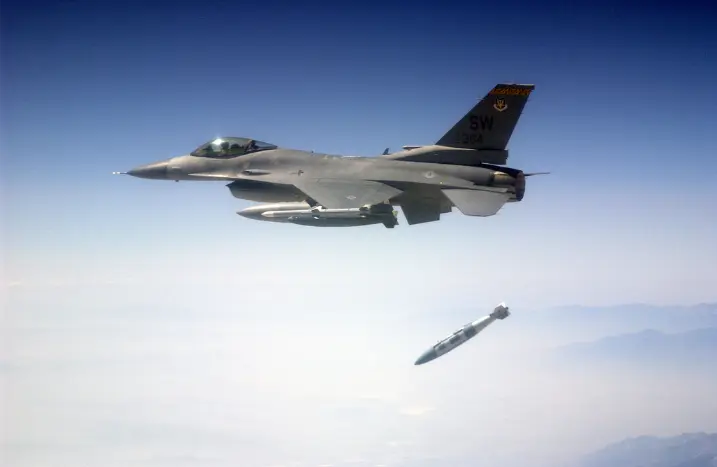The war-torn nation of Yemen has once again become a focal point of international concern as the United States ramps up its military campaign against the Houthi rebels. The U.S. remains cautious as Iran is funding the Houthis and could try to attack U.S. assets in response. Last year, Iran threatened an “obliterating war” if Israel launches a full-scale attack against Hezbollah in Lebanon. That never happened and Israel emerged victorious, with Hezbollah chief Hassan Nasrallah no longer alive.
This latest escalation, marked by a series of U.S. airstrikes beginning on March 15, 2025, underscores the complex interplay of local grievances, regional rivalries, and global economic interests. At the heart of the conflict lies the Houthis’ persistent attacks on commercial shipping in the Red Sea, the U.S. response to secure vital trade routes, and Iran’s enduring support for the rebel group, which has deepened the crisis.
Yemen’s civil war erupted in 2014 when the Houthis, a Shiite insurgent group rooted in the country’s north, seized the capital, Sanaa, ousting the internationally recognized government. Since then, the conflict has morphed into a protracted struggle, pitting the Houthis against a Saudi-led coalition backing the government. This coalition, supported by Western powers including the United States, has sought to restore the displaced government, while the Houthis have consolidated control over much of Yemen’s northwest. A fragile ceasefire tied to earlier calm in Gaza has unraveled, reigniting hostilities and drawing renewed U.S. intervention.
The immediate trigger for the U.S. airstrikes is the Houthis’ campaign against maritime traffic in the Red Sea, a critical artery for global commerce connecting Europe, Asia, and the Middle East. Using drones, missiles, and sea mines, the Houthis have targeted commercial vessels, disrupting shipping lanes and threatening the stability of international trade. The U.S., under the Trump administration, has adopted a more assertive posture than its predecessor, launching one of the largest military operations in Yemen in recent years. These strikes aim to dismantle Houthi leadership, destroy their military infrastructure, and neutralize their capacity to menace the seas. The goal is clear: degrade the Houthis’ capabilities and ensure freedom of navigation, safeguarding a waterway that carries billions of dollars in goods annually.
Iran’s involvement adds a layer of complexity to the conflict, transforming Yemen into a theater for broader regional tensions. Tehran has long provided the Houthis with weapons, funding, and technical expertise, enabling the group to sustain its insurgency and execute sophisticated attacks. This support includes ballistic missiles and drone technology, which have bolstered the Houthis’ arsenal and extended their reach into the Red Sea and even Saudi territory. While the Houthis frame their struggle as a homegrown resistance against foreign interference, their alignment with Iran’s “Axis of Resistance”—a network of militias opposing U.S. and Israeli influence—ties them to Tehran’s strategic ambitions. The U.S. views Iran as a key enabler of the Houthis’ aggression, with President Trump issuing stern warnings to Tehran to halt its backing or risk repercussions.
For Yemen’s people, the consequences of this escalation are grim. The war has already displaced millions, crippled the economy, and left much of the population dependent on humanitarian aid. The U.S. airstrikes, though targeted at military sites, raise the specter of collateral damage, further straining a nation on the brink. The humanitarian crisis, already among the world’s worst, shows no signs of abating as fighting intensifies. Meanwhile, the prospects for peace remain dim. The Houthis and the Saudi-backed government are dug in, and Iran’s continued involvement complicates any path to negotiation.
The U.S. intervention in Yemen is thus a calculated move to counter the Houthis’ maritime threat, but it also reflects a broader effort to check Iran’s influence in the Middle East. As the conflict grinds on, the international community faces a delicate balancing act: addressing the immediate security concerns in the Red Sea while avoiding a deeper entanglement in Yemen’s quagmire. The road ahead is uncertain, with the potential for further escalation looming large.
